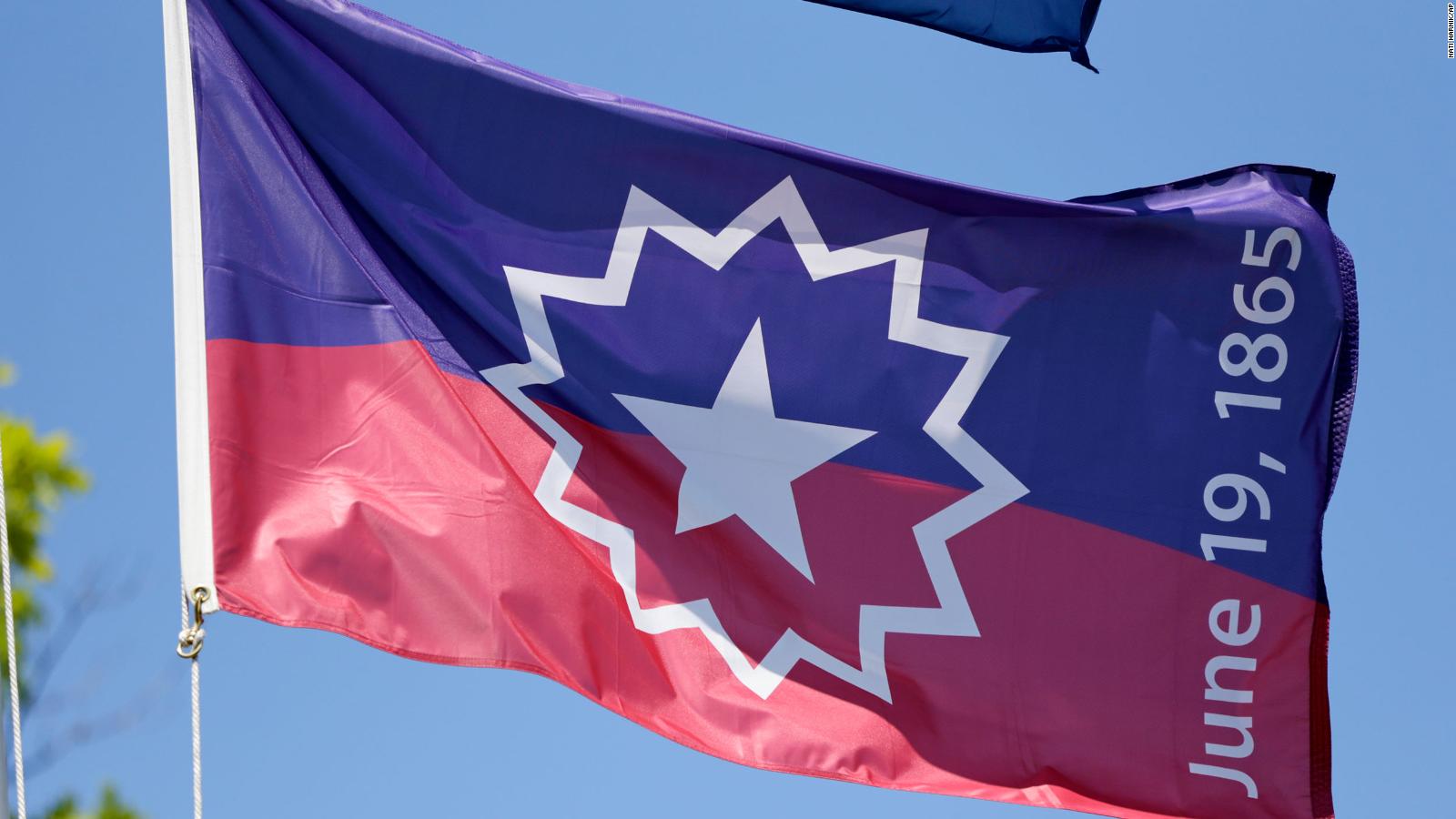- ACTIVITIES
100 Very Best Star Wars Trivia Questions


Juneteenth, celebrated annually on June 19th, marks a pivotal moment in American history—the end of slavery in the United States. On this day in 1865, Union troops arrived in Galveston, Texas, and announced that all enslaved people were free—more than two years after President Abraham Lincoln’s Emancipation Proclamation had taken effect. Though emancipation had technically been declared on January 1, 1863, enforcement was slow and inconsistent, especially in Confederate states. Juneteenth commemorates this delayed but monumental moment of liberation and is now recognized as a federal holiday, honoring Black freedom, resilience, and achievement.
Over time, Juneteenth has grown into a powerful celebration of African American culture and heritage. Central to these commemorations are symbolic colors—each carrying a deep historical and emotional significance. Two color schemes are often associated with Juneteenth: the red, black, and green of the Pan-African flag and the red, white, and blue of the official Juneteenth flag. Understanding the meanings behind these colors provides greater insight into the legacy of the holiday and the pride and purpose it represents.
The red, black, and green colors originated from the Pan-African flag, created by Marcus Garvey and the Universal Negro Improvement Association (UNIA) in 1920. These colors have become synonymous with Black liberation movements and are widely embraced during Juneteenth celebrations.
Red symbolizes the bloodshed of African ancestors and the ongoing struggle for freedom. It represents both the physical suffering endured under slavery and the sacrifices made throughout generations of resistance. During Juneteenth, red is also seen in traditional foods and drinks like red velvet cake or hibiscus punch—offering both cultural connection and symbolic remembrance.
Black represents the people—the African diaspora and their identity. It is a proud affirmation of Blackness, acknowledging the strength, perseverance, and dignity of Black individuals throughout history. Black is often used in Juneteenth attire and flags to honor heritage and assert solidarity.
Green stands for the rich land of Africa, the ancestral homeland, and the hope for a prosperous future. It reflects growth, renewal, and a deep-rooted connection to a legacy that predates slavery. During Juneteenth, green may appear in decorations, clothing, and art that celebrate African heritage and aspirations for continued advancement.
In 1997, activist Ben Haith, founder of the National Juneteenth Celebration Foundation, created the Juneteenth flag, which was later redesigned in 2000 by artist Lisa Jeanne Graf. Its red, white, and blue colors intentionally mirror the American flag to remind us that enslaved Africans and their descendants were and are Americans.
On the Juneteenth flag, the red arc at the bottom symbolizes resilience and the sacrifices made in the pursuit of freedom. It also serves as a visual reminder of the enduring strength of Black communities throughout history.
The white star in the center of the flag represents Texas—the last Confederate state where the Emancipation Proclamation was enforced—and the broader truth that Black Americans were always meant to be free. The starburst surrounding the star signifies a “new beginning” and a promise of freedom shining across all states.
Blue on the flag reflects the sky above and serves as a symbol of vigilance and perseverance. It also connects Juneteenth to the broader ideals of justice, equality, and liberty that the American flag proclaims—even if those ideals have yet to be fully realized for all.
Colors play a central role in Juneteenth festivities. Red, black, green, white, and blue are often displayed proudly in:
The colors associated with Juneteenth are not merely decorative—they are deeply symbolic, embodying centuries of struggle, triumph, and cultural identity. Whether it’s the Pan-African red, black, and green honoring roots and resistance, or the Juneteenth flag’s red, white, and blue asserting rightful American citizenship, each color tells a story. They connect the past to the present and affirm a shared commitment to freedom, equality, and remembrance.
As we observe Juneteenth, understanding the meaning behind these colors allows us to engage more thoughtfully with the holiday. They remind us that Juneteenth is not only about looking back—it’s also about continuing the journey toward justice and unity for all.